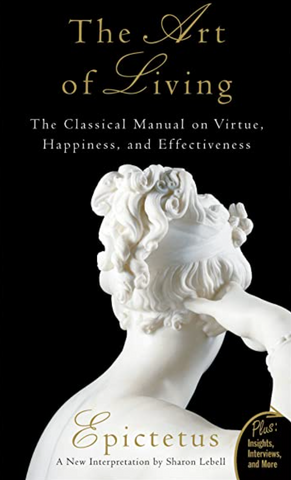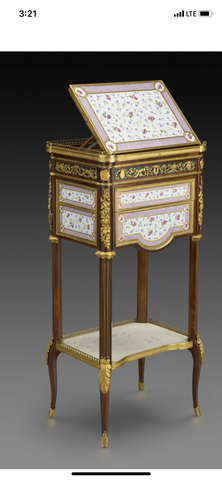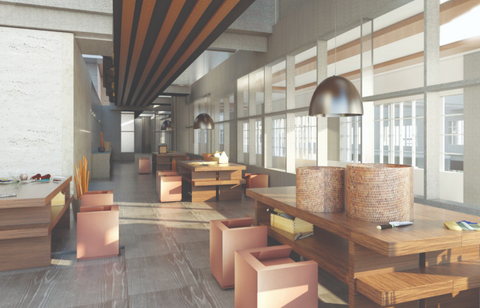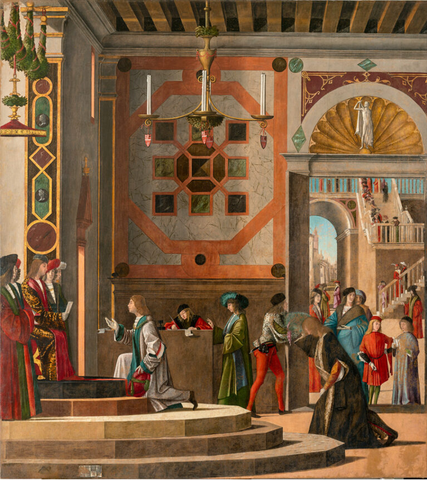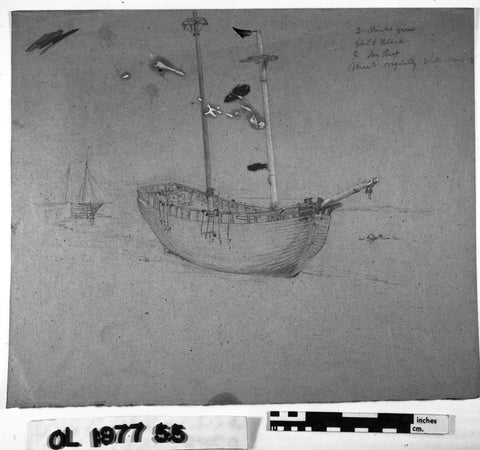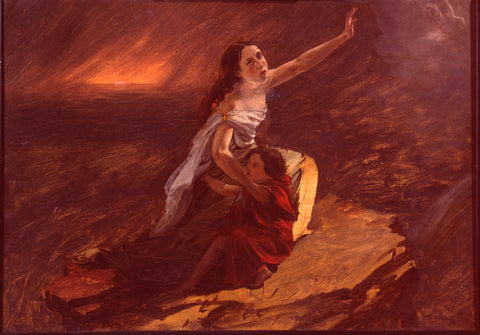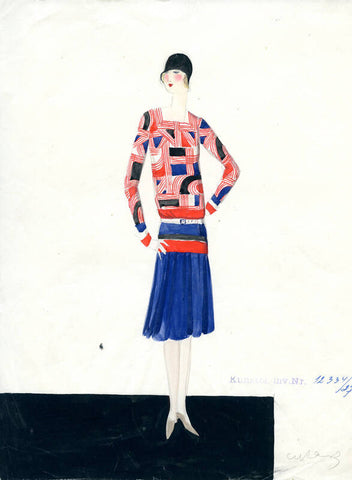Roman Couch and Footstool
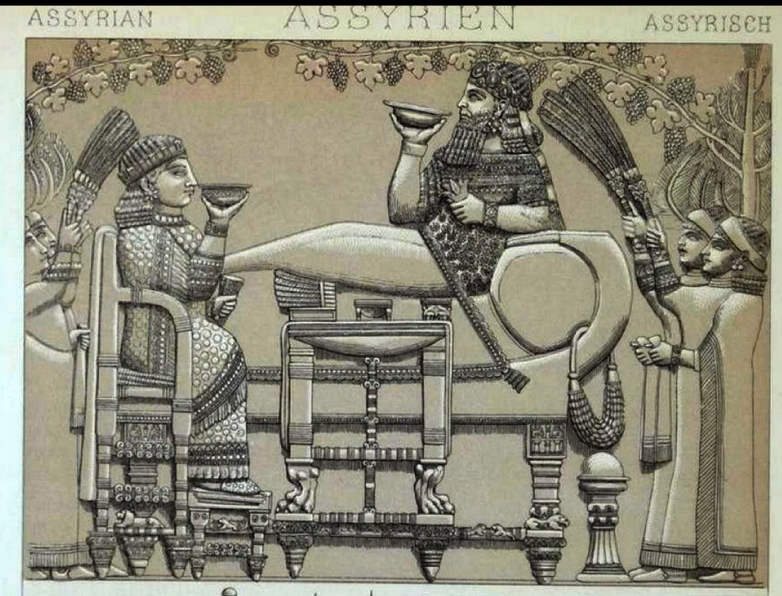
Roman Couch and Footstool Accession #17.190.2076
This Roman Couch and Footstool from the 1st-2nd century CE is constructed of wood with bone carvings and glass inlays. It has been reassembled from fragments probably discovered in the imperial villa of Lucius Verus (co-emperor of Rome, CE 161-169) outside Rome.
The four legs of the couch and feet of the stool are made of carved bone inlays. The couch legs depict images of huntsmen, horses and hounds surrounding a young man. (The man depicted is Ganymede, a Trojan stolen by Zeus disguised as an eagle, to serve as his wine steward). All four legs are fully carved in low relief 360 degrees around. In one scene, Ganymede is held in the clutches of the eagle, struggling to escape. The eye of the eagle is hollowed out as if it had glass inlaid eyes. Moving around to the other side of the leg, a carving depicts a horse stomping on a dog of a cupid, who has one leg on top of its head. A huntsman stands next to him and next to the dog the eagle has Ganymede firmly in his grasp.
The four sides of the footstool are also decorated with scenes of cupids with wings and leopards. Over a leopard, what appears to be a lion’s tusk hangs down in front of the cupids. The feet themselves are carved to look like claws of an animal.
Moving upward from the legs, the top of the couch has two supports, similar to arm rests, on either side, also carved. The lower part of the support is carved with a head and bust, and the top of the support is carved with a birdlike head twisted around with the beak backwards touching the neck. On the couch frame there are detailed carvings of lions’ heads with glass inlaid eyes, surrounded by painted wood and green inlaid glass decorations. Some of the painted motifs resemble rosettes which are often seen in decorative arts throughout history.
The couch was clearly designed for a person of wealth, given its intricate carvings and use of precious materials. Images painted on walls at that time illustrate that wealthy people ate while reclining, a tradition that came over from the Assyrian empire and continued in Greek and Roman culture. For instance, a low relief tablet from the 7th century BCE was found depicting King Assurbanipal banqueting in the Mesopotamian valley. The stool was the most common form of seating, but only royal or wealthy people would have chairs or reclining couches to lift them off the floor. A person of power would sit up higher than the people socially below him- seen in historical depictions 1000 years earlier in Egypt.
Another clue to the wealth and importance of the owner is the use of cushions. Both the couch and stool have cushions, laid on top of the furniture. Upholstery was not yet developed, and even use of a cushion was something special for a person of wealth. Cushions can be seen as early as the Assyrian empire (for instance in the carving of King Assurbanipal reclining) but are not depicted in Egyptian images of seated or reclining kings.
Yet another similarity to ancient seating elements which denotes the power of the owner is the type of carving on the base- with lions and animal forms incorporated. In antiquity and medieval times carvings were meant to denote the strength of the powerful people who used the furniture. These traditions came over to Rome from Assyria and Egypt and are seen in low relief carvings found in Assyria and wall paintings on tombs in Egypt. In Ancient Egypt, where the Cult of the Dead was a strong influence and gods had animal-like characteristics, the person who sat in a chair with animal carvings was thought to take on the qualities of those animals. Although the Romans did not believe in Egyptian gods, nor Assyrian mythical creatures meant to scare away invaders (like those in the carvings in Nineva), the influence of these prior periods influenced Roman decorations and motifs. Thus, many historical traditions have influenced this piece, marking its place in history in a wealthy Roman household in the 2nd century CE.
Works Cited
Lecture Notes, Freya Van Saun
“Couch and Footstool with Bone Carvings and Glass Inlays.” Metmuseum.org, 2019, www.metmuseum.org/art/collection/search/249232.
Images

Illustration from the tablet of King Assurbanipal banqueting (from lecture slides, referenced in essay)

Eagle stealing Trojan youth, cupid standing on dog with huntsman next to him

Horse carving with “eye” above it

Horse stomping on hound with cupid’s foot resting on his neck

Cupid next to the huntsman and Eagle, with foot on hound

Arm rest of couch with bird facing backward, and bust and head on base

Lions head carved in bone inlaid on frame

Zeus as Eagle stealing Trojan youth

Cupids on footstool with leopard and elephant tusk, and claw foot base


Roman Couch and Footstool (with 12-year-old daughter for scale)

Drawings: hand drawn sketch by Kate Davis

